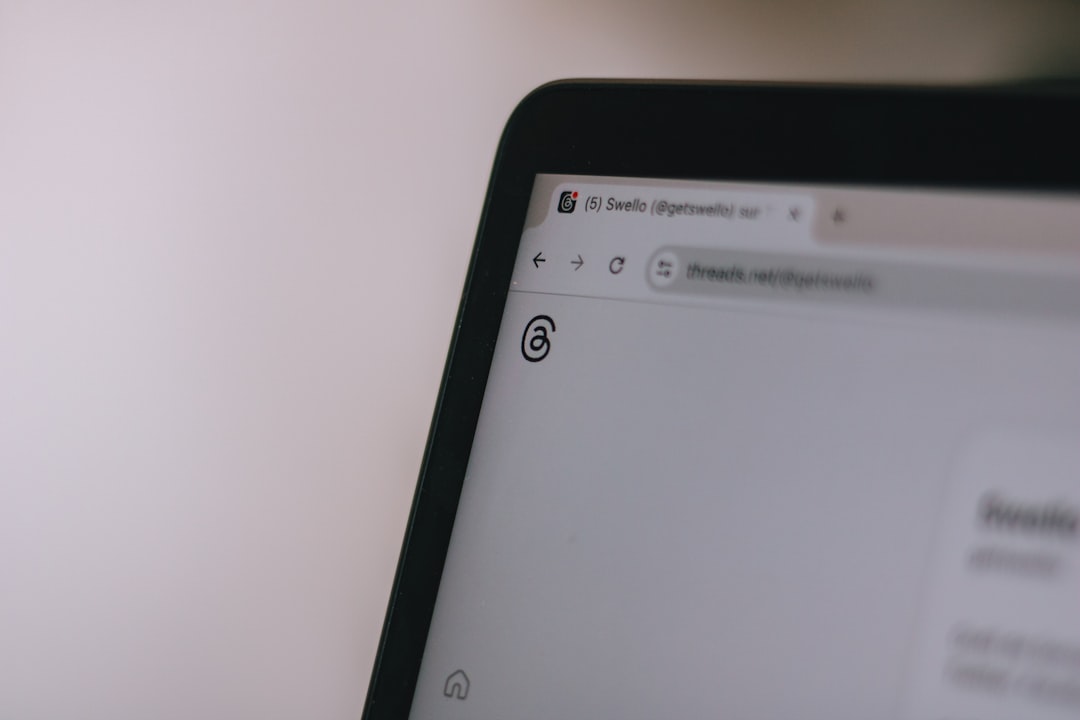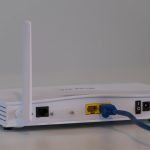We’ve all been there—you open your browser, type a URL, hit Enter, and then suddenly you’re greeted with the dreaded message: “Webpage Not Available.” Whether you’re using Chrome, Edge, or Firefox, this frustrating notification can disrupt your workflow, hinder your browsing experience, or simply ruin your day. Fortunately, understanding what’s causing it and how to fix it can save you a lot of headaches.
This article will walk you through the most common reasons for the “Webpage Not Available” error and detail practical steps to resolve it in your favorite browser. We’ll keep it informative and actionable, so you can get back online without breaking a sweat.
What Causes the “Webpage Not Available” Error?
This error typically means that your browser was unable to connect to the website you’re trying to reach. Some frequent culprits include:
- Network connectivity issues
- DNS configuration errors
- Incorrect browser settings or cache issues
- Firewall or antivirus interference
- The website itself is down
Now let’s explore how to diagnose and resolve each possible cause step by step.
1. Check Your Internet Connection
It may sound basic, but your first step should be verifying that your device is connected to the internet. Try these quick checks:
- Restart your router and modem.
- Switch from Wi-Fi to Ethernet or vice versa.
- Try loading another website. If no sites load, the issue is likely network-related.
If the problem persists across devices, your internet service provider (ISP) might be experiencing an outage.
2. Clear Browser Cache and Cookies
Your browser’s cache and cookies might be responsible for loading errors. Here’s how to clear them:
In Chrome:
- Click the three dots in the top-right corner.
- Select More tools > Clear browsing data.
- Check Cookies and Cached images and files, then click Clear data.
In Edge:
- Click the three dots and go to Settings.
- Select Privacy, search, and services, then click Clear browsing data now.
In Firefox:
- Click the hamburger menu and go to Settings.
- Naviagte to Privacy & Security and scroll to Cookies and Site Data.
- Click Clear Data > Clear.
After clearing the cache, restart your browser and try accessing the website again.
3. Test the Website on Another Device or Browser
Trying to visit the same webpage using a different device, browser, or network can be a great diagnostic tool. Here’s why:
- If the site opens elsewhere, the problem likely lies with your original browser or device settings.
- If it doesn’t open anywhere, the website itself may be down or blocked in your region.

You can also use services like Down For Everyone Or Just Me to confirm if a site is globally down.
4. Flush DNS Cache and Reset IP Settings
DNS issues can often cause “Webpage Not Available” errors. Flushing your DNS cache and resetting your IP setup can help resolve that.
Windows:
- Open Command Prompt as Administrator.
- Type:
ipconfig /flushdnsand press Enter. - Then type:
netsh int ip resetand press Enter. - Restart your computer.
Mac:
- Open the Terminal app.
- Enter the following command:
sudo dscacheutil -flushcache; sudo killall -HUP mDNSResponder - Hit Enter and enter your password when prompted.
Once completed, try accessing the problematic website again.
5. Disable Firewall or Antivirus Temporarily
Sometimes your computer’s security software might block certain websites or browser activities. Temporarily disabling these can help you determine if they’re the cause.
Steps:
- Turn off your antivirus software.
- Temporarily disable the firewall.
- Try loading the website again.
Note: Be cautious when doing this, and re-enable your security solutions immediately after testing.
6. Change Your DNS Server
If the issue lies in DNS resolution, switching to a reliable public DNS service like Google DNS or Cloudflare DNS can be an excellent solution.
Google DNS:
- Primary:
8.8.8.8 - Secondary:
8.8.4.4
Cloudflare DNS:
- Primary:
1.1.1.1 - Secondary:
1.0.0.1
Set these in your network adapter settings (on Windows) or in your system preferences (on macOS).
7. Use Incognito or Private Mode
Sometimes browser extensions or stored data interfere with page loading. Use Incognito Mode (Chrome) or Private Browsing (Firefox/Edge) to open the site without extensions or stored history:
- Chrome: Press Ctrl+Shift+N
- Firefox/Edge: Press Ctrl+Shift+P
If the page loads, consider disabling your extensions one by one to find the culprit.
8. Update or Reinstall Your Browser
Browser bugs or outdated versions might be at fault too. Make sure your browser is up to date:
- Chrome: Go to Settings > About Chrome to check for updates.
- Firefox: Go to Settings > General > Firefox Updates.
- Edge: Go to Settings > About Microsoft Edge.
If problems continue, uninstall and reinstall the browser for a clean slate.

9. Check the Hosts File
Your system’s hosts file can override DNS resolution and block certain websites. Open this file and check for any suspicious entries:
On Windows: Navigate to: C:\Windows\System32\drivers\etc\hosts
On macOS/Linux: Navigate to: /etc/hosts
Remove any lines referencing the problematic domain unless specifically added by you or your organization.
10. Restart Everything
Sometimes, the simplest fix is to start fresh. Restart your:
- Browser
- Computer
- Router/Modem
This resets temporary caches and connections, which could resolve the issue quickly.
Bonus: Use an Alternative Browser
If nothing else works and the issue only occurs in one browser, try using a different browser temporarily until the bug gets patched or further troubleshooting can be done.
Final Thoughts
Encountering a “Webpage Not Available” message can be


